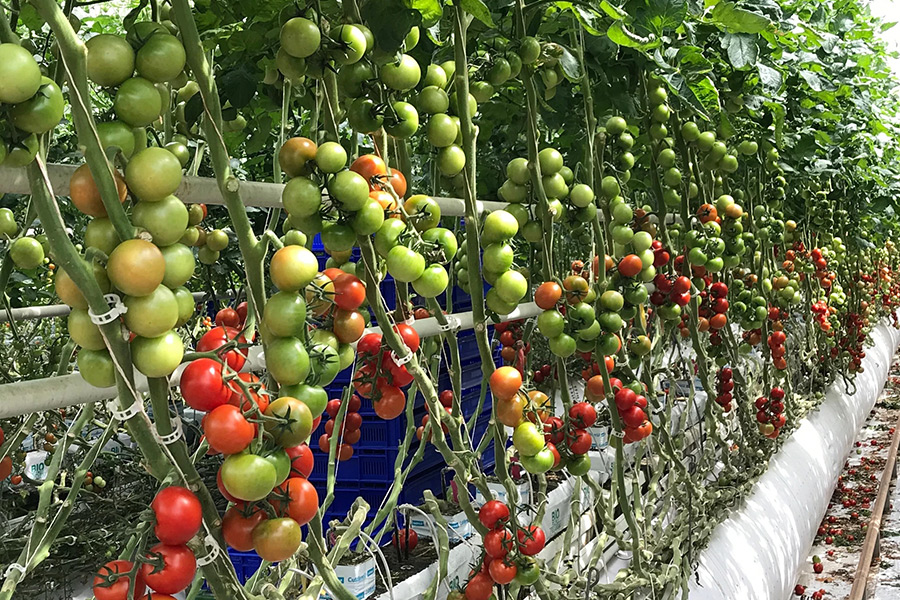EXCELLENCE. TRUST. RESPECT. RESPONSIBILITY.
Vermilion Energy
Internationally Diversified | Free Cash Flow Focused
News Title Goes Here
News Title Goes Here
News Title Goes Here
Events & Media
Our Operations
Vermilion operates globally, with oil and gas properties onshore and offshore. Our diversified asset base provides a measure of stability for investors.
Our Operations In
North America
Our North American assets represent approximately 60% of our total corporate production.
Our Operations In
Europe
Vermilion’s European assets consist of onshore and offshore operations that deliver premium commodity pricing through Brent-priced light oil production and European natural gas prices that are 2-2.5x greater than North American gas prices. Our European assets contribute approximately 35% of total corporate production.
Our Operations In
Australia
Vermilion holds a 100% working interest in the Wandoo field, offshore Australia. Vermilion’s Australian oil production receives premium pricing due to Brent-indexing and the strong, long-term, strategic relationships we have cultivated with our key customers in the region. Australian production contributes approximately 5% of total corporate production.
- Overview
- North America
- Europe
- Australia
Our Responsibility
As a responsible energy producer, Vermilion is committed to protecting the environment and ensuring the health and safety of our workforce and the people in the communities in which we operate. Click on any of the items below to learn more about our health and safety policies and our environmental and community initiatives.
Work with Us
A Great Place to Work®
Our talented and innovative people have helped Vermilion earn consistent recognition as a Best Workplace® in locations around the world. Read more about working at Vermilion and view open opportunities.





